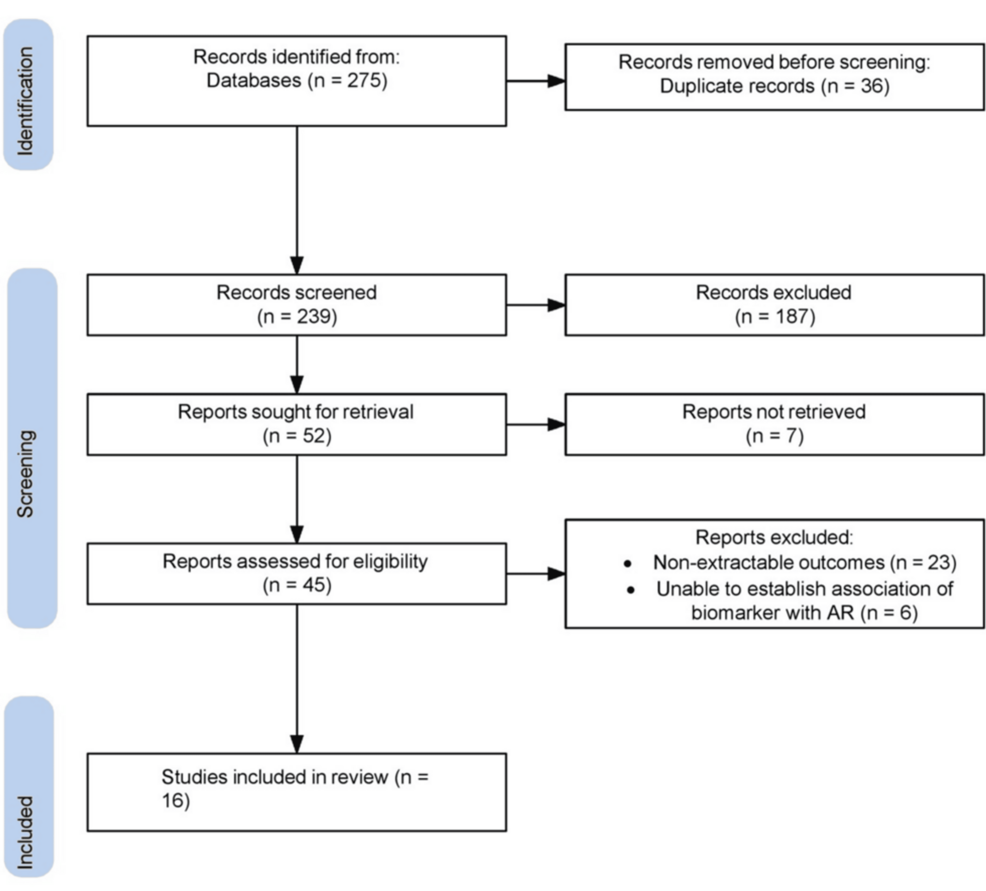Mishra T, Sasanka K, Sudha TY S, et al. (May 23, 2025) Cureus 17(5): e84705 doi:10.7759/cureus.84705
Abstract
 |
| Flow diagram depicting study search and screening |
A blog that publishes updates and open access scientific papers about allergy, asthma and immunology. Editor: Juan Carlos Ivancevich, MD. Specialist in Allergy & Immunology
Mishra T, Sasanka K, Sudha TY S, et al. (May 23, 2025) Cureus 17(5): e84705 doi:10.7759/cureus.84705
Abstract
 |
| Flow diagram depicting study search and screening |
No comments:
Post a Comment